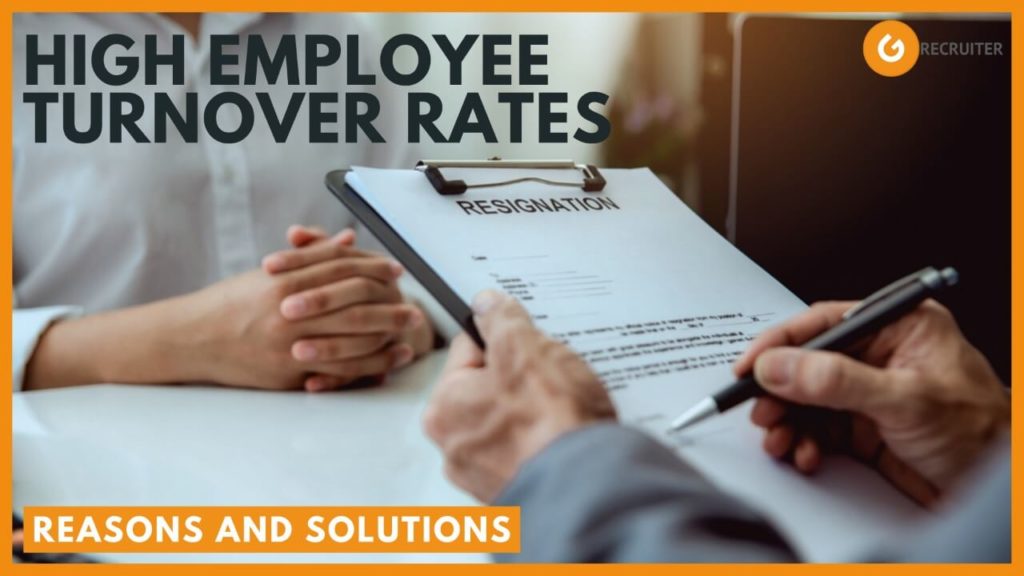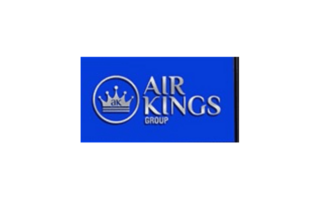When you’re working, there’s no better time to look for a new job than now: Employers favor candidates who already have employment, according to studies, especially if they see a chance to acquire talent from a competitor.
It’s no surprise, therefore, that HR departments and corporate executives are always focused on retention. Aside from the inconvenience of losing a competent employee and the high expenses of recruiting, hiring, and training a successor, when a long-term employee quits, institutional and customer expertise also go.
As a result, even a little investment in retaining your employees may payout in both practical and intangible ways.
Quick Navigation
What Is Employee Turnover?
Employee turnover rates are a data-driven technique to determine how many workers are leaving the organization and why they are departing. Turnover refers to the total number of people who leave a firm, and it includes both voluntary and involuntary departures. People who left the firm voluntarily—for a new job, for personal reasons, to seek educational possibilities, or to retire, for example—are referred to as voluntary turnover. People who were terminated for performance or conduct difficulties, as well as those who were part of a seasonal layoff or general decrease in force, are included in involuntary turnover.
Why Is Employee Turnover Bad?
High voluntary turnover is often regarded as a bad KPI, with “high” interpreted in the perspective of what is normal for your industry. It indicates that you’re losing good staff to competition. Problems with the company’s culture, perks and compensation structure, career path and training, supervisors, and much more are among the causes.
Voluntary turnover has a negative influence on profitability and, in many cases, customer happiness. On the practical side, it is expensive to hire new employees. According to studies conducted in recent years, the average cost of new workers is between $4,000 and $5,000; for executives, the cost nearly triples. This spreadsheet may be used to make a back-of-the-envelope cost computation.
While involuntary turnover is required, it isn’t ideal. While layoffs are necessary, poor hiring decisions are atypical and costly errors. It’s worthwhile to take precautions to prevent bringing on the wrong person: Bad hires reduce productivity, waste the time of recruiters and recruiting managers, and frequently damage job quality. Spend time on behavioral interviews as well as rigorous background and reference checks, and include a diverse group of people in the interview process, including prospective coworkers. Consider putting top applicants through a formal probationary period or, if possible, having them finish a project on a contract basis.
What Is a Good Employee Turnover Rate?
Good and bad turnover KPIs vary greatly by industry, function, and even area, as do numerous standards.
According to a recent survey by analysis company Mercer, the typical yearly turnover in the United States is around 20%, with roughly two-thirds of it being voluntary. Turnover is likely to be higher in retail, hotel, or wholesale distribution than in education or banking, for example. Contact center/customer service (17%), manufacturing and operations (15%), and sales (15%) are the occupational functions with the largest yearly voluntary turnover, according to Mercer (14 percent).
In the end, search for trends in your sector by consulting industry sources and analysts. Job vacancies and labor turnover statistics are also tracked by the US Department of Labor on a regular basis.
What Causes High Employee Turnover?
People desire more money, better benefits, and improved work/life balance, more possibilities to advance in their professions, time to handle personal difficulties such as health problems or relocations, additional flexibility, or to flee toxic or inefficient management or workplace for a variety of reasons.
All departing employees should be encouraged to participate in an exit interview. In reality, a critical component of personnel management is gaining a better understanding of the causes behind voluntary turnover – and identifying solutions to problems that may be fixed. HR may encourage workers to be candid in departure interviews by ensuring them that their answers will be kept secret and will have no impact on how the company handles requests for references or confirmation of employment.
Causes of Employee Turnover & How to Reduce Them
The good news is that high personnel turnover can be avoided. Taking actions to address your company’s main causes can have a significant impact. Improved HR practices can also help in retaining employees. Here are some of the leading causes of individuals quitting.
Lack of employee purpose
‘Workism’, or the concept that work “is not only vital to economic output, but also the core of one’s identity and life’s purpose,” is genuine, especially among college-educated professionals. Consider this: while making small chats with new friends, “So, what do you do?” is a popular topic of discussion. It’s no surprise that great achievers value working for a firm and in a position, they can be proud of.
The meaning of this varies, but according to LinkedIn’s Talent Trends Survey, firms with compelling objectives had a 49 percent lower turnover rate. Companies with “purposeful missions” excel at engaging their staff to the point that their employees become brand extensions. These companies have strong cultures, understand how their product or service improves the world, and “walk the walk” when it comes to supporting philanthropic organizations and giving back to the community.
Poor compensation
Compensation and perks are a big reason why individuals quit a firm, especially younger workers: According to the LinkedIn poll, money and perks are the top reasons people shift professions.
For a variety of reasons, higher base pay has a significant influence on employee retention. To begin with, paying employees properly is a practical means of demonstrating your appreciation for their work. It also makes it less probable for a rival wanting to steal high achievers to use merely financial incentives to entice them away. When workers move jobs, they earn an average of 5.2 percent more, according to Glassdoor. If your organization pays at the top of the scale, headhunting becomes an expensive endeavor.
Being overworked
Employees become burned out when they are forced to complete duties without being provided the tools they need to succeed, when they lack control, or when they are continuously exposed to more everyday stress than they can handle. Burnout is characterized by mental and physical tiredness, as well as a sense of hopelessness and self-blame, and it can lead to behavioral and health problems.
According to University of California research, reducing burnout entails looking at six factors: demand overload, loss of control, insufficient compensation, socially toxic environments, lack of justice, and value conflicts. People are more likely to experience burnout if there are imbalances in any of those areas. Employees should be asked for input on their workloads by HR teams and supervisors.
Bad managers
Toxic managers—those who take credit for others’ ideas, play favorites, and even abuse their reports—have been well-documented. Companies must surely screen out these individuals. Managers who are just lousy at their professions, on the other hand, are less visible.
Many of the leading causes of turnover—poor pay or work-life balance, lack of training, and limited career advancement opportunities—are attributable to the manager, so HR departments must identify supervisors who are incapable of managing people and either transition them to new positions or provide support and training.
Poor work-life balance
Across research, work/life balance is consistently ranked among the top three reasons individuals leave businesses. Organizations should strive for schedule flexibility that allows individuals to be as effective as possible, in addition to avoiding the aforementioned issue of overwork. According to 2019 statistics from the Bureau of Labor Statistics, roughly 25% of wage and salaried workers were able to work from home at least occasionally, and 57 percent had flexible schedules that allowed them to modify when they started and ended working. In 2020, the WFH trend intensified, which is wonderful news for folks who used to have long, exhausting commutes.
Boredom
According to the LinkedIn Talent Trends poll, Generation X is the generation most likely to leave a company due to a lack of demanding work that keeps them interested and alert. Again, management is crucial in this situation. Managers should urge their staff to accomplish existing objectives while simultaneously tasked with more difficult initiatives. Encourage team members to step outside of their comfort zones and build a “growth mindset” that values skill development and promotes taking measured risks. This procedure necessitates the development of a culture that can accept failure.












